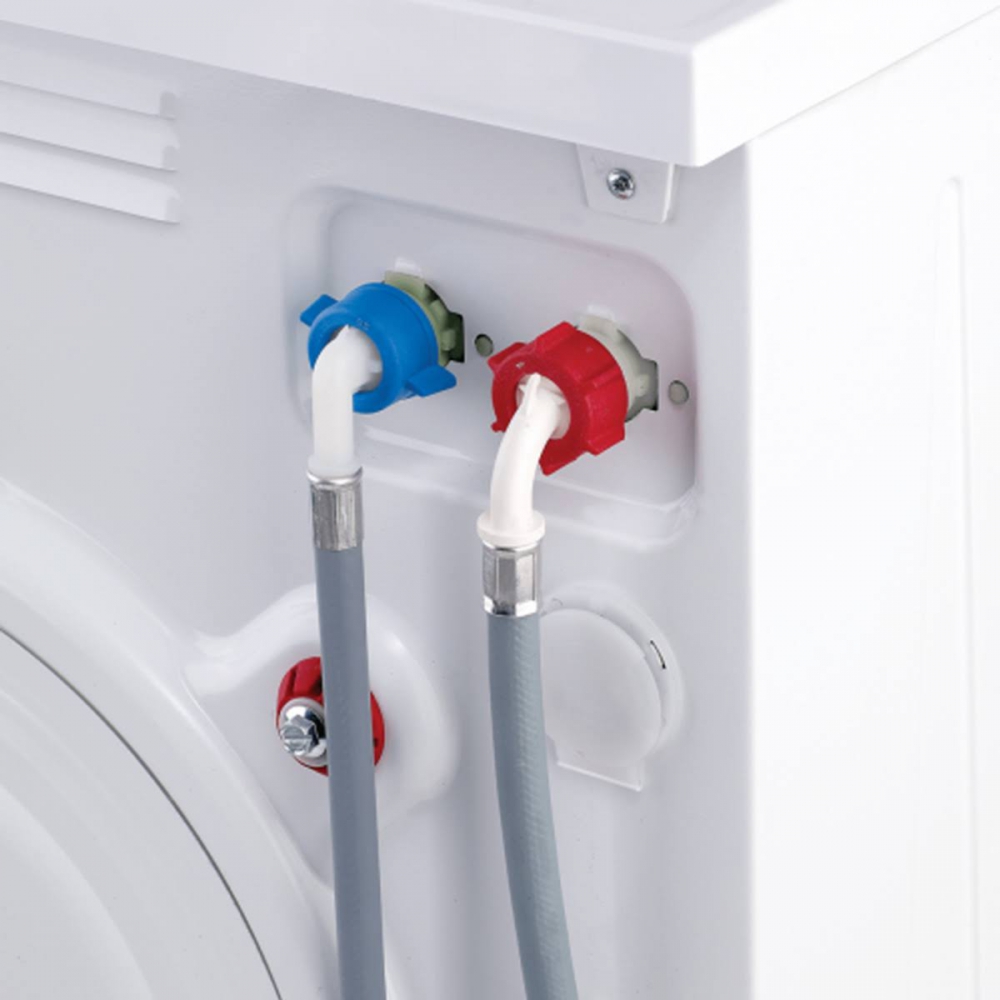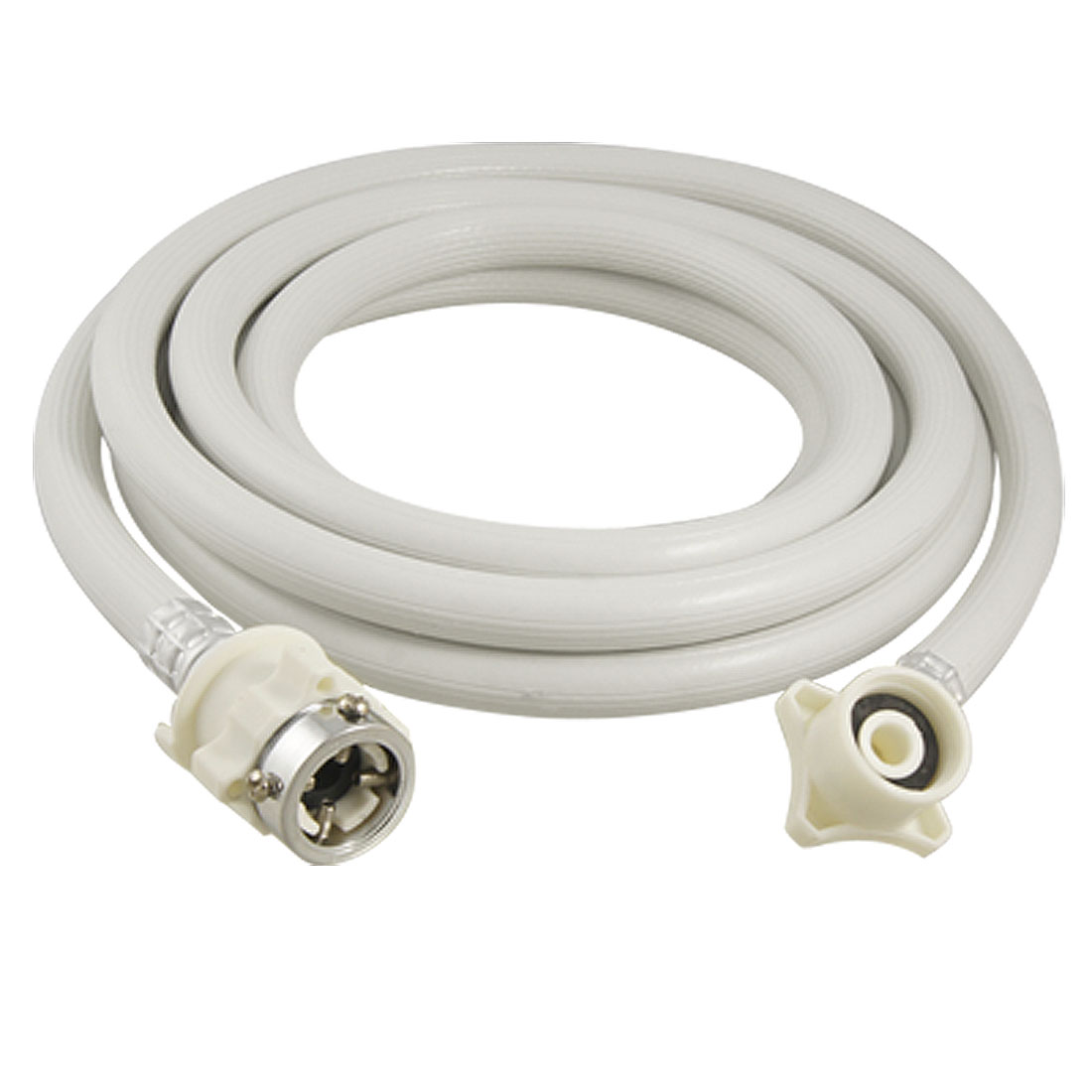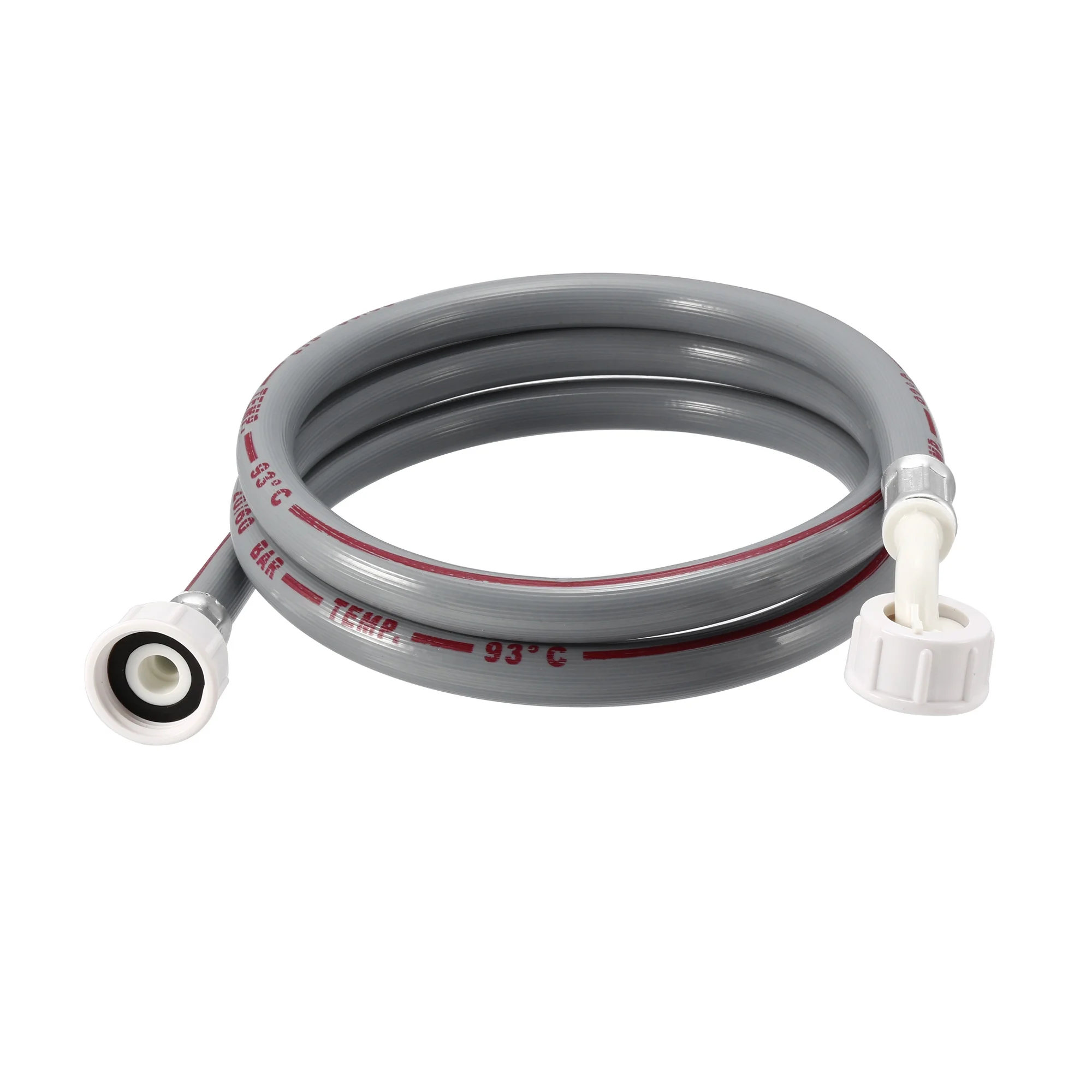Washing machines are an essential appliance in modern homes, making laundry day far more manageable. However, the convenience of these machines doesn’t come without the need for proper plumbing. Understanding washing machine plumbing is crucial to ensure your appliance functions efficiently and lasts for years. This comprehensive guide will delve deeply into the various aspects of washing machine plumbing, including installation, maintenance, troubleshooting, and upgrades.
The Basics of Washing Machine Plumbing
Before diving into the specific components of washing machine plumbing, it’s essential to understand some of the basic requirements for a washing machine to operate correctly. Washing machines typically need a reliable water supply and a proper drainage system. Missteps in either area can lead to serious issues, including leaks, water damage, or even appliance failure.
Water Supply Requirements
Washing machines require a cold and hot water supply. Each water source typically comes from separate valves that lead to the washing machine. The general specification for washing machines is:
- Hot Water Line: Usually connected to the home’s water heater and needs to maintain a steady temperature.
- Cold Water Line: Often directly connected to the main water supply.
When installing a washing machine, ensuring that there are accessible shutoff valves for both hot and cold water lines is important. These allow you to safely disconnect the water supply if you encounter any issues.
Drainage Requirements
The drainage system for a washing machine is just as critical as the water supply. Every washing machine has a drainage hose that allows wastewater to exit the machine after a cycle is complete. Proper drainage prevents overflowing, leakage, and unpleasant odors.
The standard requirements for washing machine drainage include:
- Drainage Hose: This should be secured to a standpipe, which is typically 30–48 inches high, allowing for proper drainage without causing backflow.
- Air Gap: An air gap helps prevent dirty water from siphoning back into the washer. This is often accomplished by elevating the drainage hose to a certain height.
Common Plumbing Materials for Washing Machines
In the plumbing setup for your washing machine, you’ll come into contact with various materials. Knowing these will help you understand your plumbing better and aid in potential repairs.
Piping Materials
- PVC (Polyvinyl Chloride): Commonly used for drainage systems due to its durability and resistance to corrosion.
- PEX (Cross-Linked Polyethylene): This flexible piping material is often used for water supply lines, making it easier to install in tight spaces.
- Copper: A traditional choice for plumbing systems, particularly for water supply lines due to its reliability.
Fittings and Valves
- Shutoff Valves: Essential for controlling water supply to the washing machine. They should ideally be located close to the machine.
- Adapters: May be required to connect different pipe types or to adapt water connections.
Essential Tools for Washing Machine Plumbing
Having the right tools on hand can make your washing machine plumbing installation or repair much more manageable. Here are essential tools and their purposes:
- Pipe Wrench: Used for grip and turn plumbing pipes and fittings.
- Basin Wrench: Ideal for tight spaces, a basin wrench can help you tighten or loosen nuts.
- Teflon Tape: Offers a watertight seal on threaded connections, preventing leaks.
- Drill: If you need to make holes for mounting, a drill is indispensable.
Installing a Washing Machine
Understanding washing machine plumbing is critical when installing a new machine. Below is a step-by-step guide to installing your washing machine plumbing:
Step 1: Prepare the Space
Before installation, you need to ensure that the area is ready.
- Clear the Area: Remove any obstacles that could hinder the installation.
- Check the Compatibility: Make sure your washing machine fits in the designated space, allowing for proper ventilation.
Step 2: Connect the Water Supply
Follow these guidelines to connect the water supply:
- Shut Off Water Supply: Turn off the main water supply before starting.
- Connect Hoses: Attach one end of the hot and cold water hoses to the corresponding temperature ports on the washing machine and the other end to the water supply valves.
- Use Teflon Tape: Ensure a tight seal by wrapping Teflon tape around the threads of the hoses.
Step 3: Connect Drainage
Connecting the drainage is equally important. Here’s how to get it right:
- Position Drain Hose: Insert the drain hose into the standpipe, ensuring it reaches the appropriate height to prevent backflow.
- Secure the Hose: Use clamps or ties to secure the drain hose in place, ensuring it won’t slip out during operation.
Step 4: Check for Leaks
Before using your washing machine, verify that everything is secure and check for leaks.
- Turn On Water Supply: Gradually turn the water supply back on.
- Inspect Connections: Look for any leaks at the connections. If you observe any, tighten the fittings or use more Teflon tape.
Step 5: Test the Machine
Once everything is connected, run a short test cycle to ensure that water fills and drains correctly. Watch for any unusual sounds or leaks during the process.
Maintenance Tips for Washing Machine Plumbing
Regular maintenance prevents problems before they get out of hand. Here are some tips specifically related to washing machine plumbing:
Regularly Check Hoses
Inspect the water hoses for signs of wear or leaks. Look for:
- Cracks
- Blisters
- Kinks
If you notice any of these issues, replace the hoses immediately to prevent flooding.
Clean the Drain
Occasionally, check the drainage hose for clogs or obstructions. A good practice is to disconnect the drain hose and use a flexible brush to clean it. Additionally, make sure the drain is clear of debris.
Inspect Valves and Fittings
Over time, your water supply valves and fittings may corrode or develop wear. Regularly check them for signs of rust or leaks. Replace any defective valves or fittings promptly.
Use a Repellent Filter
If your water source contains minerals, consider installing a water softener or filter. This can help reduce the buildup of limescale in your machine, extending its life and efficiency.
 Troubleshooting Common Washing Machine Plumbing Issues
Troubleshooting Common Washing Machine Plumbing Issues
Understanding how to troubleshoot common plumbing issues can save you time and money. Here’s a breakdown of typical problems related to washing machine plumbing:
Water Not Filling
If your washing machine isn’t filling with water, consider the following:
- Check Water Supply: Ensure that the valves are fully open.
- Inspect Hoses: Look for kinks or blockages in the hoses.
- Defective Water Inlet Valve: If the valve is faulty, it may need replacement.
Leaking Water
Water pooling around your washing machine indicates a problem. Investigate the following areas:
- Hoses: Look for leaks from the drain or supply hoses.
- Pump Seal: If the pump seal is compromised, it may cause leaks.
- Drainage Hose Connections: Check where the hose connects to the machine and the standpipe.
Clogged Drain
If water isn’t draining, your system may be clogged:
- Inspect the Drain Hose: Make sure that it’s not pinched or obstructed in any way.
- Clear the Standpipe: If the standpipe is clogged, you may need to use a plumber’s snake to clear it.
Unpleasant Odors
Infrequent washing cycles can lead to stagnant water in the system, resulting in unpleasant smells.
- Clean the Drain: Remove any debris from the drain.
- Run Cleaning Cycles: Use a washing machine cleaner to eliminate odors.
Upgrading Your Washing Machine Plumbing
As technology evolves, washing machine features do too; therefore, upgrading your plumbing can offer improved efficiency and convenience.
Smart Connections
Modern washing machines come with smart technology, allowing you to monitor cycles from your smartphone. Ensure that your old plumbing can accommodate these systems.
Water-Saving Features
Consider upgrading to more modern plumbing that can support water-saving features in newer washing machines. Dual inlet valves can be an excellent option for more efficient water usage.
Enhanced Drainage Systems
If you’re building or renovating, look into upgrading your drainage to include more advanced systems, like greywater recycling, which can help conserve water.
Conclusion
Understanding washing machine plumbing is crucial for anyone who owns this valuable appliance. From installation to regular maintenance, being informed can prevent both minor inconveniences and major plumbing disasters. By being proactive, you can ensure that your washing machine operates smoothly and efficiently for years to come. Remember, proper washing machine plumbing is not just about convenience; it’s about preserving your home and your appliance. Keep the above information in mind, and your washing machine will thank you!


